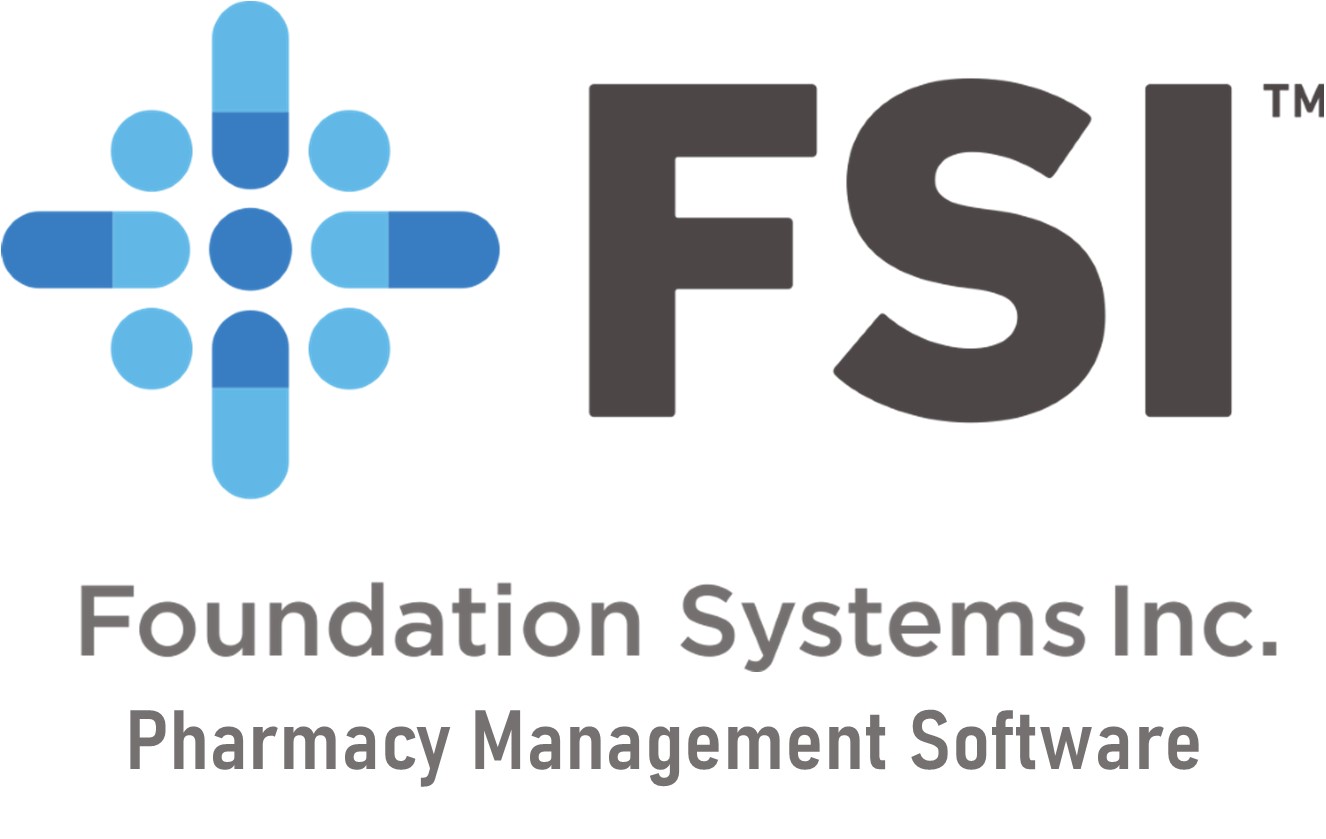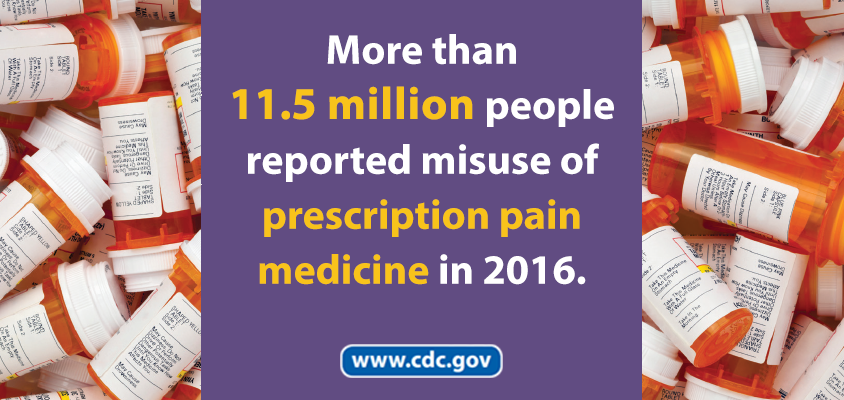


Foundation Systems, Inc (801) 785-7720
support@fsi.us.com – help.fsi.us.com – training.fsi.us.com
How does this affect your pharmacy?
I’m sure you are aware of all the Opioid epidemic lawsuits. The suppliers were just hammered with some heavy penalties and part of their settlement is stating that come July 1st, 2022 they are going to be very strict about ordering limits. This is forcing all chains to come up with MME (Morphine Milligram Equivalents) limits per patient. The community independent pharmacy will actually see an influx of patients due to big-box policies and therefore it will put them at risk of getting cut off from their supplier.
What is FSI doing about this?
FSI has developed an MME calculator for your software. The software is brand new and we are looking for pharmacies to test the program. We currently have the program running at two pharmacies making necessary changes as the program is used in a live setting. The more pharmacies we can get on board for testing, the quicker we can make the program available for full release.
If your pharmacy is interested, contact FSI support at (801) 785-7720 or email support@fsi.us.com.
MME conversion table and links to CDC online information
| Opioid | Conversion Factor |
|---|---|
| Codeine | 0.15 |
| Fentanyl transdermal (in mcg/hr) | 2.4 |
| Hydrocodone | 1 |
| Hydromorphone | 4 |
| Methadone: 1-20 mg/day | 4 |
| Methadone: 21-40 mg/day | 8 |
| Methadone: 41-60 mg/day | 10 |
| Methadone: ≥61-80 mg/day | 12 |
| Morphine | 1 |
| Oxycodone | 1.5 |
| Oxymorphone | 3 |
| Tapentadol† |
†Tapentadol is a mu receptor agonist and norepinephrine reuptake inhibitor. MMEs are based on degree of mu-receptor agonist activity, but it is unknown if this drug is associated with overdose in the same dose-dependent manner as observed with medications that are solely mu receptor agonists.


